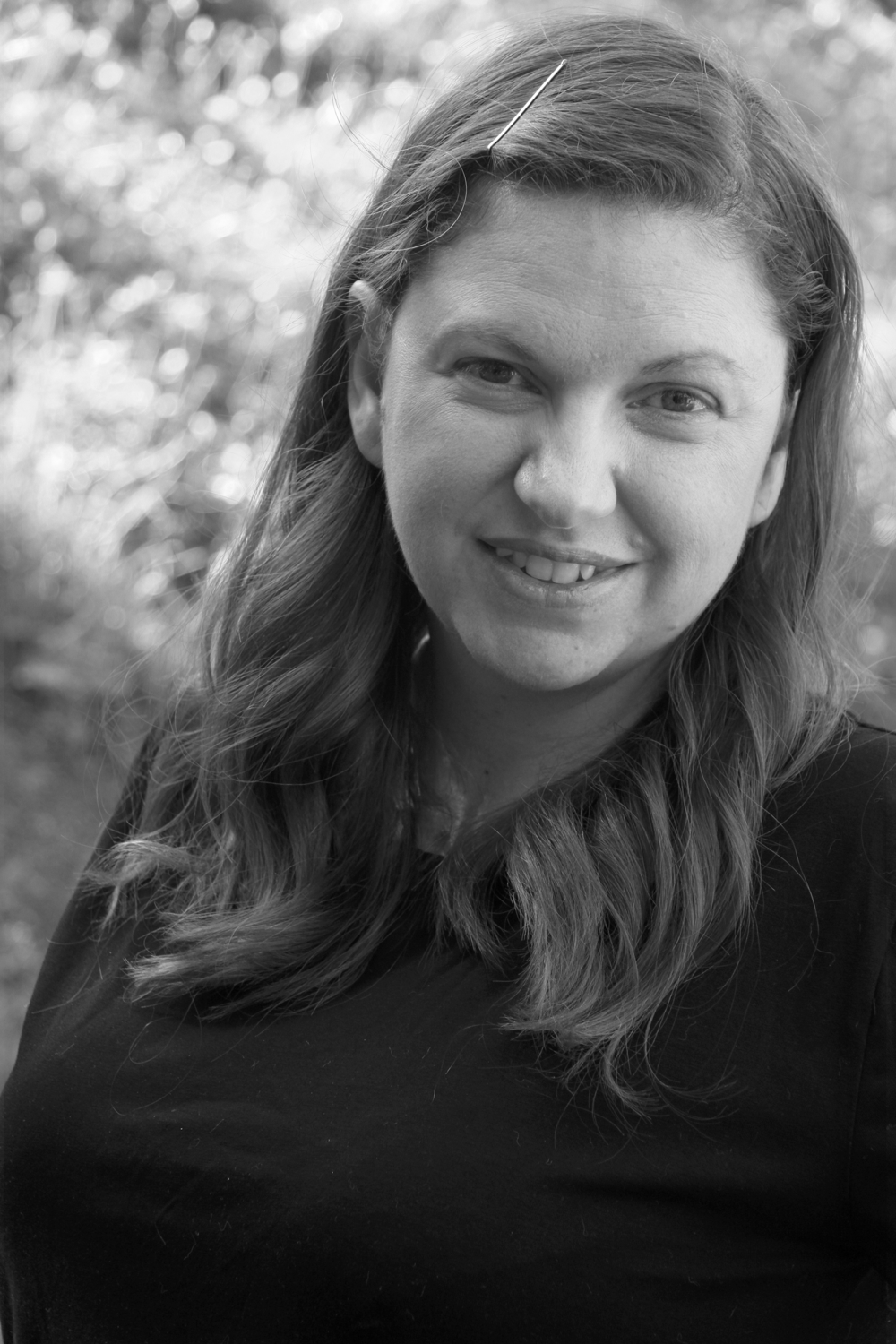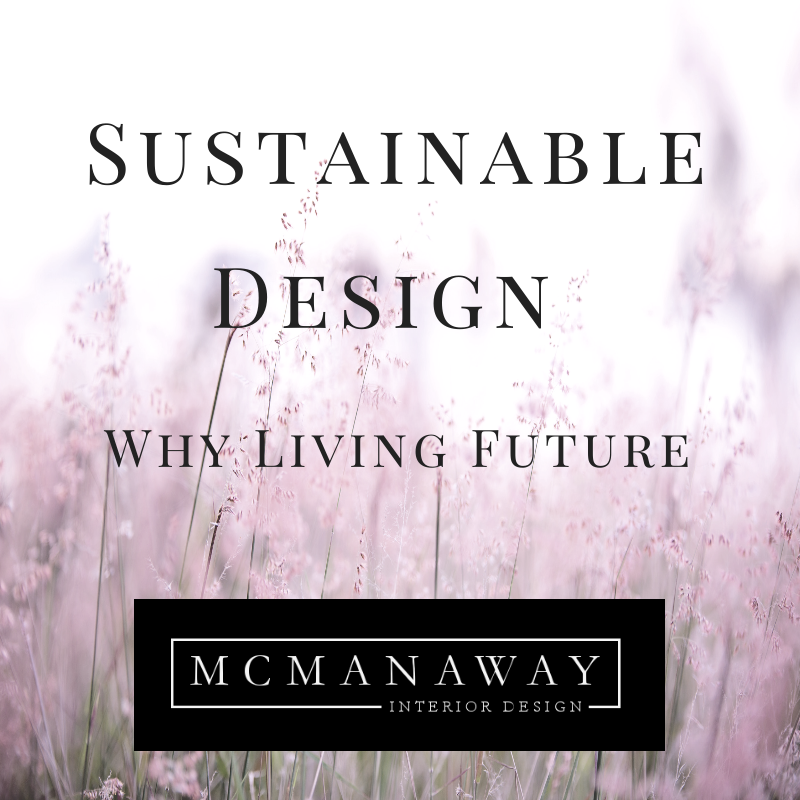Sustainable Design - Why Living Future
- Christina

- Nov 4, 2019
- 2 min read
Updated: Nov 22, 2019
Believe it or not I did not go straight to looking for a green building standard to align with. That was not my goal. And I wasn’t even looking for sustainable design standards I could implement in my design process.
The Change in Sustainable Design
I had mostly written off all that back in 2006 when I was in school. While I felt it important, it always seemed to me like it was more for commercial design and it lacked many things it needed to appeal to clients. Not anymore LBC is now certifying residential and interior projects (just recently added in May 2019) and is leading the way for health and wellness design in all building types.

Wellness is the New Phase of Sustainable Design
Earlier this year when I was introduced to biophilic design, I couldn’t help but rethink what I had previously understood green building to be. Biophilic design is about encouraging the innate attachment to nature we are born with and adapting it to the built environment (with lighting design, space planning, healthy materials, patterns, connection to the outdoors...etc) I completely understand that attachment to nature (called biophilia) as I greatly enjoy being outdoors, gardening, and traveling to beautiful places.
Why Living Future
When researching biophilic design, one thing I found was the International Living Future Institute seemed to a strong connection to biophilic design philosophies. Not only has the CEO written a book on biophilic design but it’s part of the Living Building Challenge - one of the major green building standards.
I was pleasantly surprised that sustainable design had adopted a more health and wellness aspect with International Living Future Institute leading the way.
ILFI had put a lot of time into developing literature from their Trim Tab magazine to their supplementals. I gained a great respect for a green building standard that prioritized learning rather than testing. That’s when I signed up to get my LFA to become accredited in a green building standard.
Once I started to study biophilic design back in February, I began to realize I would need more help to understand the principles and how it worked. In all Stephen Kellert had developed over 86 elements. Not a small standard to study.
Perfect Timing
It was a few month after starting my LFA foundation curriculum that I received an email offering to apply for a ILFIs Initial Cohort of their 5 Week Biophilic Design Intensive. I quickly jumped at the opportunity and applied. This week was the start of week 2 and I have already learned so much!
Thus far my education with the International Living Future Institute has been impressive. I've finished over half the units needed for my LFA, the depth of their educational materials has helped me understand the changes within the last 10-15 years to health and wellness since I went to school which is deeply needed in the building industry. Learning how applicable biophilic design has be inspiring to see. I look forward to learning more!
If your interested in focusing on Biophilic Design for your project please reach out to me:
c.mcmanaway@hotmail.com










































Comments